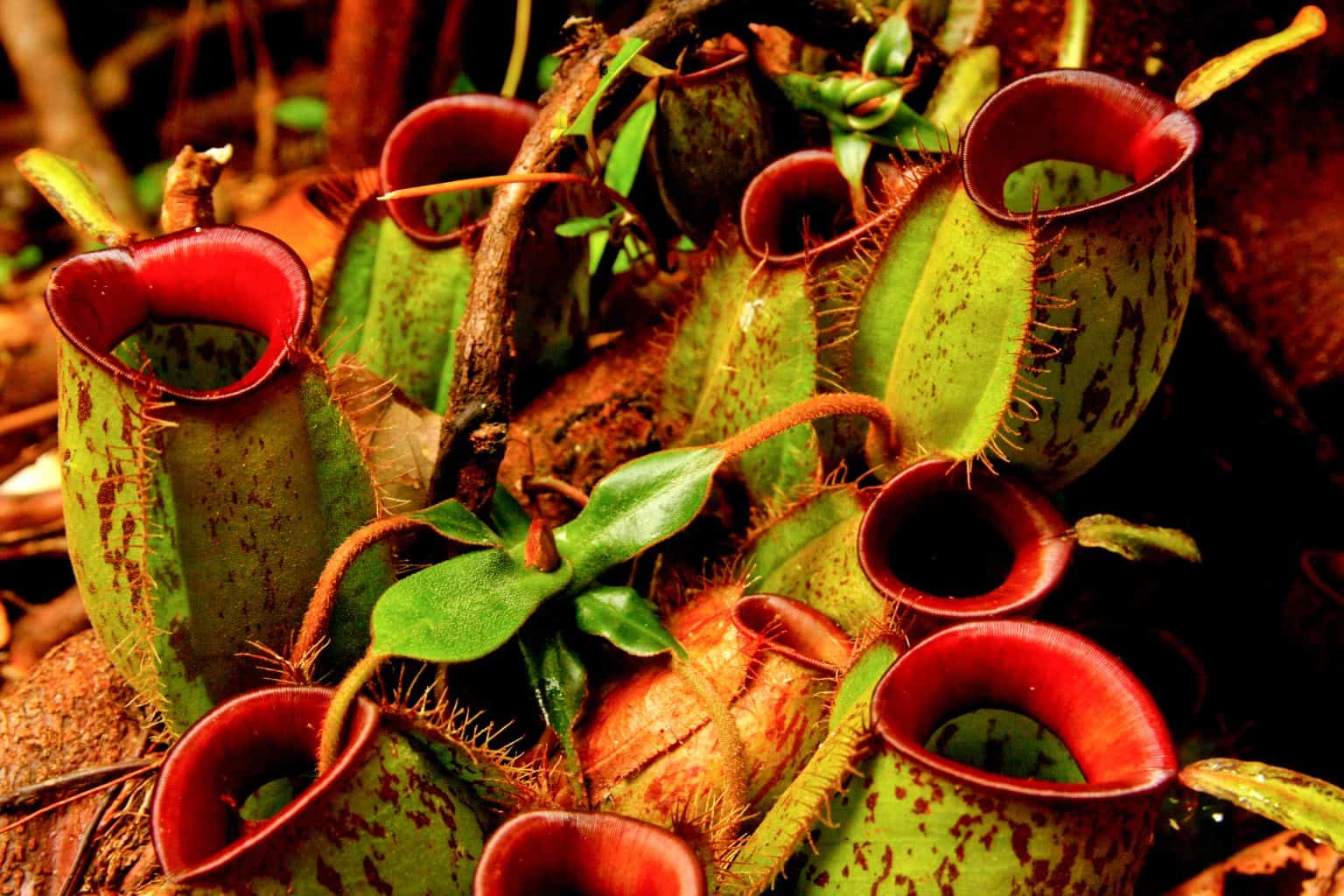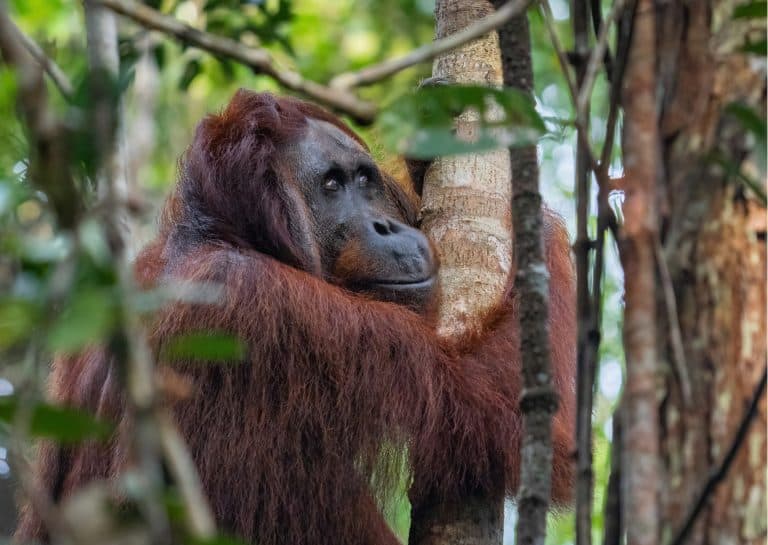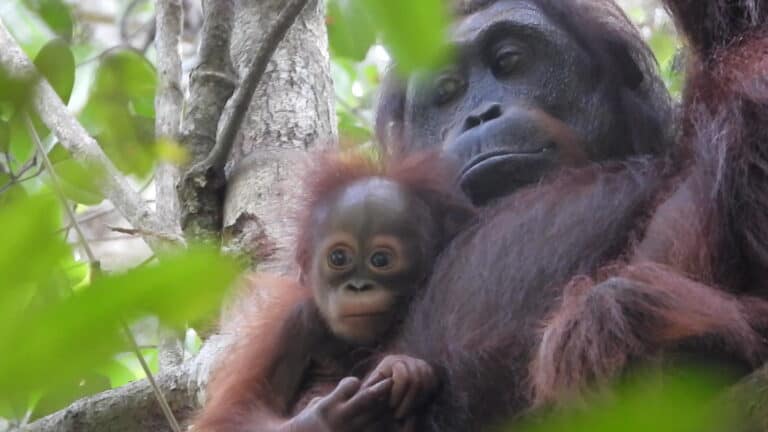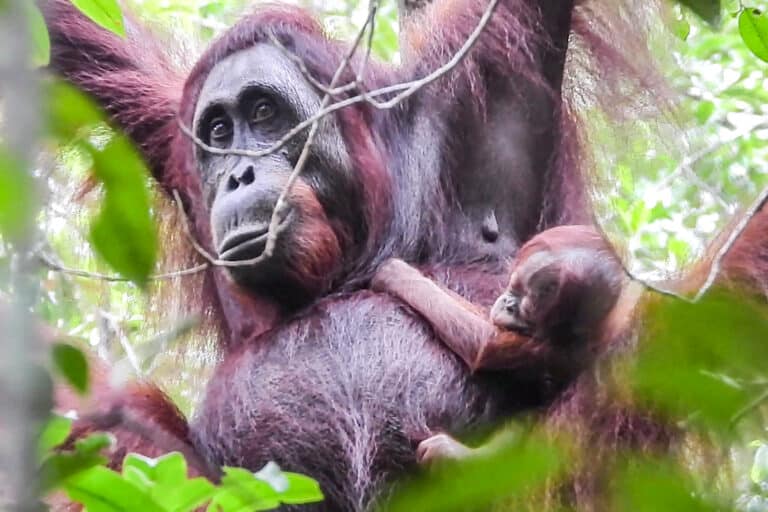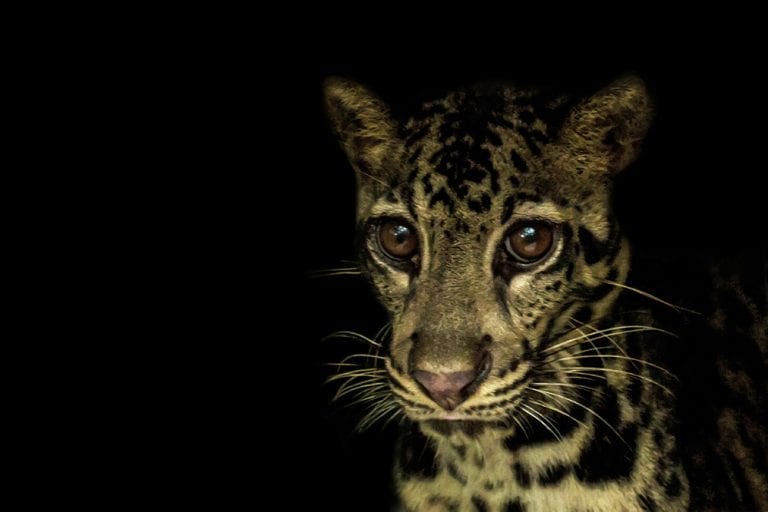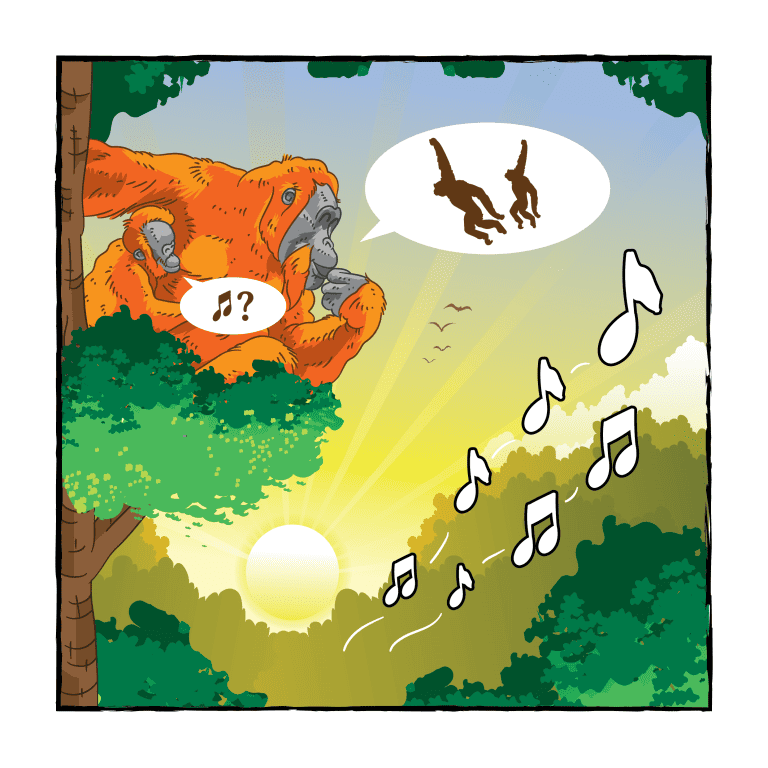Halloween 2022: Borneo’s Creepiest Wildlife!
It’s Halloween!
To celebrate, let’s usher in the spooky season by getting to know a few of Borneo’s creepiest jungle inhabitants:
Pitcher plants (genus Nepenthes)
Like other carnivorous plants, pitcher plants grow in poor quality soil, so have adapted to find their nutrients elsewhere. These predatory plants have a built-in booby trap (the ‘pitcher’) in which to drown their unwitting prey, lured by the plant’s bright colours and sweet aroma. Although insects make up a significant portion of their diet, some species have been known to digest snails, frogs and even rats!

Bats
We associate bats with Halloween for a number of reasons, from their nocturnal, cave-dwelling lifestyle to Bram Stoker’s Dracula. This little guy is a kind of leaf-nosed bat, a diverse family that includes the infamous vampire bats of Central and South America. Some bats in Borneo even team up with carnivorous plants: woolly bats have been found sleeping inside pitcher plants, which make for a secure roosting spot that’s free of external parasites. The pitchers also benefit from this arrangement, as the bat’s droppings supplement their nitrogen intake– what a perfectly disgusting duo!

Praying mantises
Female mantises are notorious for their cannibalistic mating practices. Each mating event carries a ~20% risk of death for any males bold enough to initiate courtship, and studies have shown that female mantises who devour their mates produce larger and healthier clutches than those who don’t. To counter this, male mantises will closely observe their prospective partners before making a move, displaying a strong preference for less “aggressive” females over those who frequently engage in sexual cannibalism. And you thought human dating was a nightmare!

Cordyceps fungus
This parasitic ‘zombie fungus’ takes over insects’ bodies in a horrifyingly nifty feat of evolution. First, the cordyceps sends out a bloom of toxic spores, small enough to penetrate an insect’s exoskeleton. Once inside, it starts to invade and replace the host’s tissues, hijacking its muscle cells to manoeuvre the doomed insect to higher ground. Having sapped all remaining life from its insect host, the fungus has one final act to perform, sprouting from the vacant corpse to unleash another burst of spores and setting the whole gristly cycle in motion again.

Spiders
There are hundreds of spider species in Borneo, with many more yet to be recorded. Among their ranks, you’ll find brightly-coloured jumping spiders, giant orb weavers, and even a huntsman spider named after David Bowie! Despite their fearsome reputation, only a handful of spiders can do us any real harm. This giant orb weaver may look scary, but she’s a gentle giant– unless you’re a flying insect, that is!

Snakes
Borneo is home to over 160 different snake species, around two dozen of which are venomous, including cobras, vipers and coral snakes. Although they are not aggressive, vipers are responsible for most snake bite fatalities in Borneo because their habitats bring them into more frequent contact with people. When it comes to these beautiful snakes, look but don’t touch!

Borneo’s forests are host to a dizzying array of wildlife, from the cute and cuddly to the downright spooky. However, these forests are under threat from human encroachment, land conversion and forest fires. At the Borneo Nature Foundation, we’re working to protect Borneo’s biodiversity through community-led conservation, science, and education projects. To support our mission, please consider donating, or check out the Take Action section in the menu above to see how else you can get involved.
Happy Halloween!
Article by Olivia Pilmore-Bedford, Communications Officer, BNF International.

